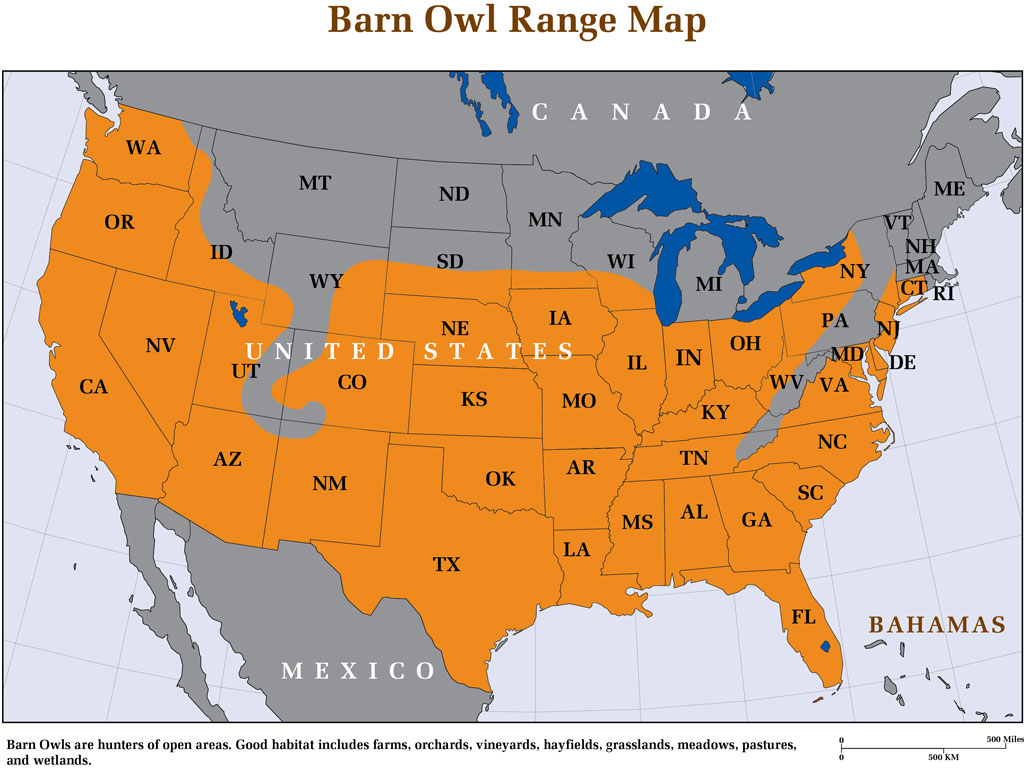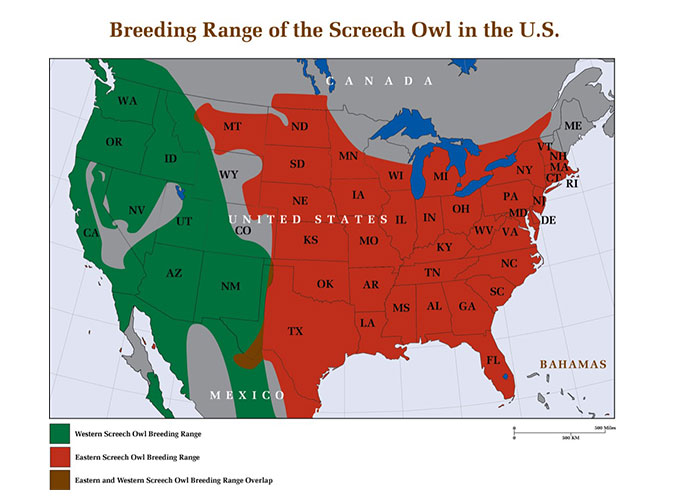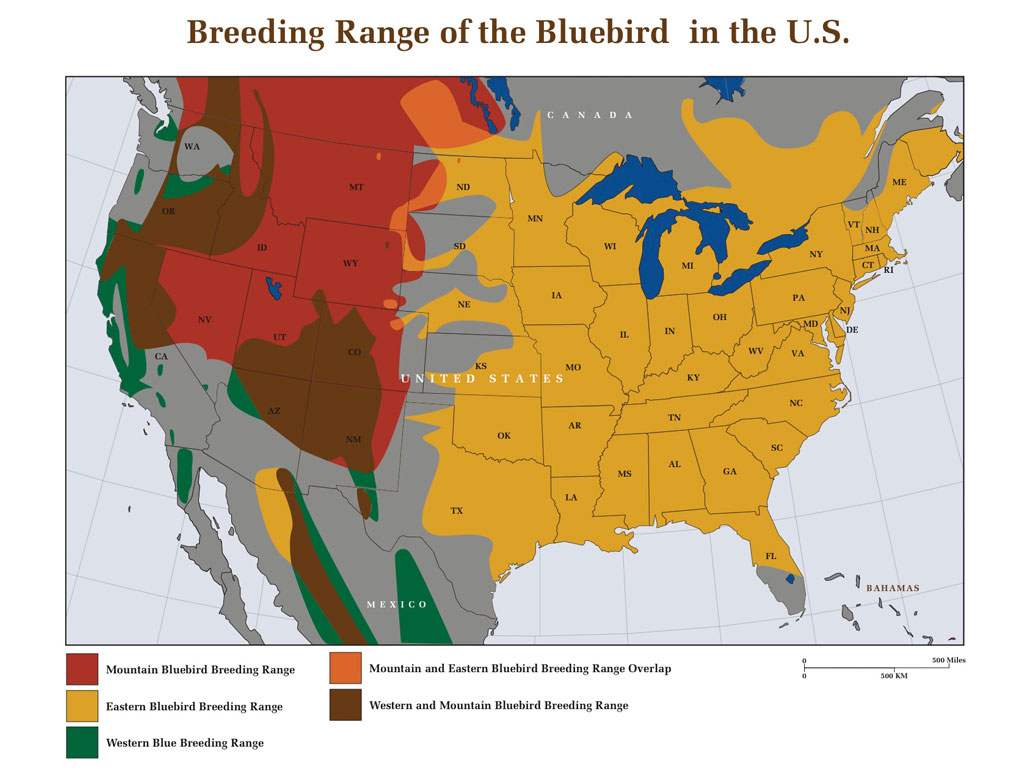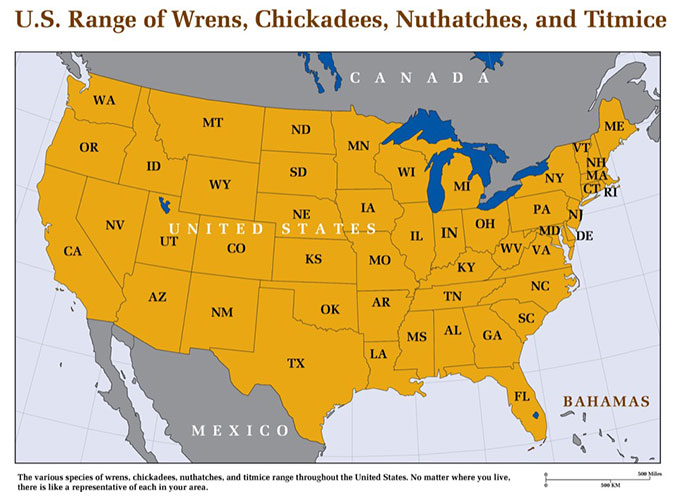Free Shipping to the Contiguous United States
Iowa Barn Owls
Barn Owls in Iowa
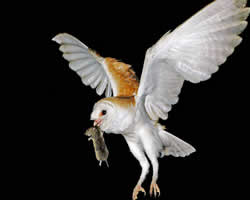
Iowa once had far more barn owls than it does today, though the numbers in Iowa were never very high due to the normally severe winters. The main problem for barn owls is not so much cold as it is deep snow. When a heavy snow remains on the ground for more than a week, many barn owls succumb. Even so, the numbers of barn owls present in the state have declined as good habitat has disappeared.
Today, Bruce Ehresman, Iowa DNR Wildlife Diversity Program says that the state usually locates around twelve nests per year, so there are probably a number that they do not find. Most nests are found in southern and southwestern Iowa.
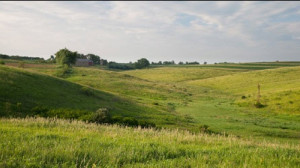
Iowa has lost 90% of its original 4.5 million acres of wetlands to farm conversion. Prairie has also seen similar losses. But today, Iowans are restoring wetlands and prairie. Farmers are creating 10,000 acres of wetlands under the federal Conservation Reserve Program, and another 91,000 acres are being created by the North American Waterfowl Management Plan and the federal Wetlands Reserve Program. Prairie too is being restored.
All of this bodes well for the barn owl in Iowa where efforts to help this beautiful bird have been in place since the 1980’s when the state attempted breeding and releasing 400 young owls in good habitat. Biologists placed radio transmitters on 36 released owls in 1985. Twenty-four of the birds perished in the first 60 days, and thirteen of them appeared to have been killed by great horned owls.
Without evidence that the program increased barn owl numbers, the IDNR finally ended the captive breeding program. They shifted the program’s emphasis from stocking birds to placement of secure nesting boxes in areas where owls have been seen. Most of the boxes are placed in old barns surrounded by extensive CRP grasslands.
Old barns near extensive grasslands could be a key to survival of the species in Iowa. State biologists encourage residents to install nest boxes in good habitat and to report any sightings and more interested yet in possible nesting attempts. The IDNR can be reached by calling 515-432-2823.

